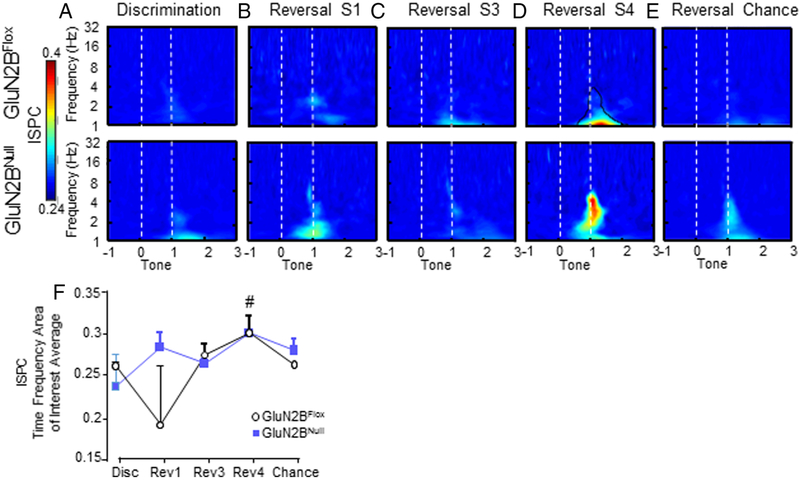Figure 8: OFC-dS phase functional connectivity is significantly increased in GluN2BNULL mice.
A. Inter-site phase consistency (ISPC) was seen in low levels in the low delta- theta range (1-5 Hz) for GluN2BNULL mice during discrimination. B. ISPC increased in both GluN2BFLOX and GluN2BNULL during the first session of reversal compared to discrimination, with higher levels in GluN2BNULL compared to controls. C. ISPC continued into reversal session 3, with differences in peak frequency of connectivity, GluN2BNULL being within the low theta range ~4 Hz and GluN2BFLOX in delta range ~1.5 Hz. D. During the final reversal session, before chance performance was reached, ISPC was robust in both genotypes, and significantly increased in GluN2BNULL mice, specifically in the theta range of ~4 Hz. E. When chance was re-attained during reversal, OFC-dS ISPC returned to discrimination levels in GluN2BNULL mice, but remained elevated in GluN2BFLOX mice. F. Average ISPC within the TF-ROI plotted against session. There was a significant main effect of gentoype with GluN2BNULL showing elevated ISPC, but no significant differences in ITPC by session between GluN2BNULL mice and controls. Reversal S4 had significantly greater ISPC compared to all other sessions in controls. # p< 0.05 in controls, compared to all other sessions.

